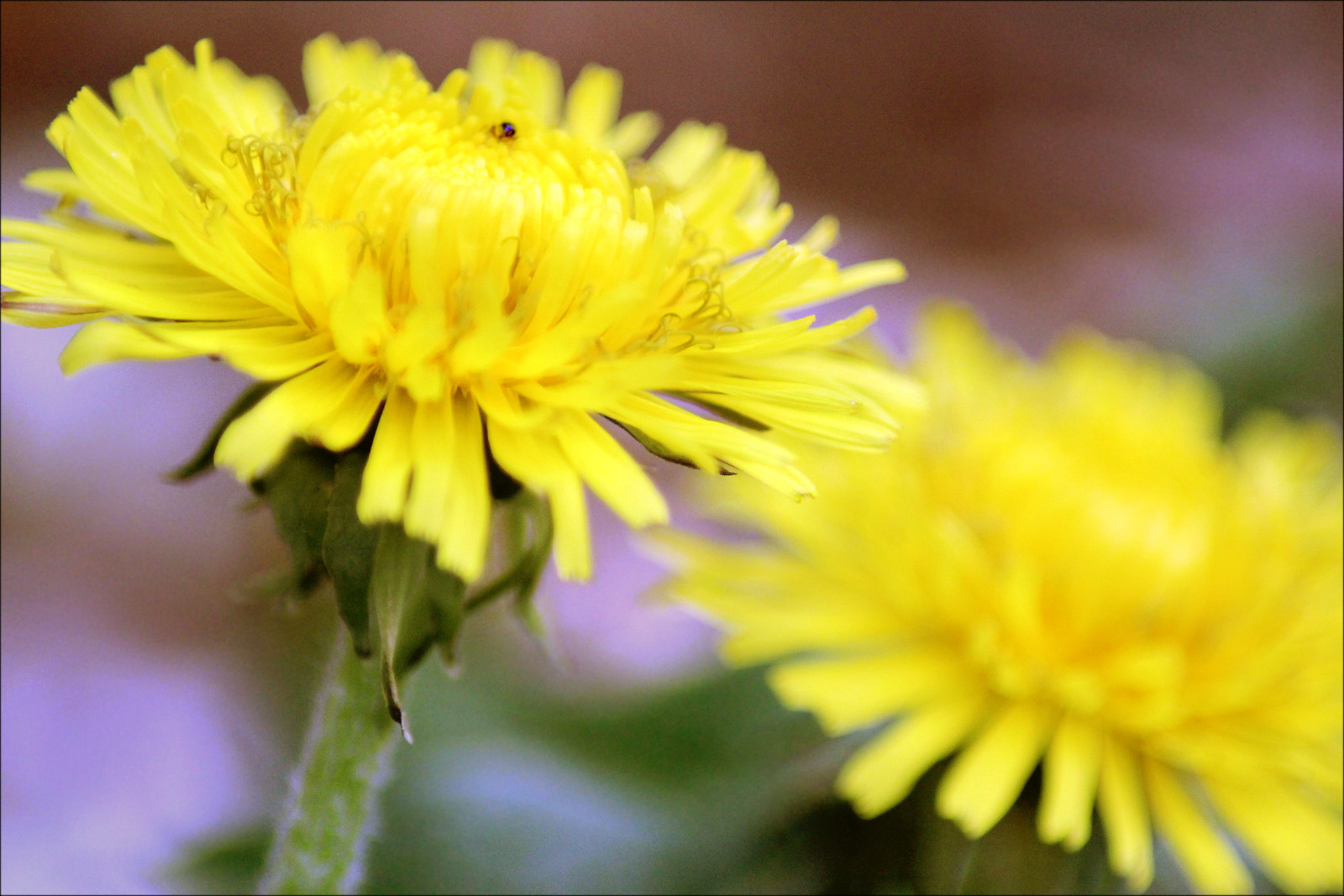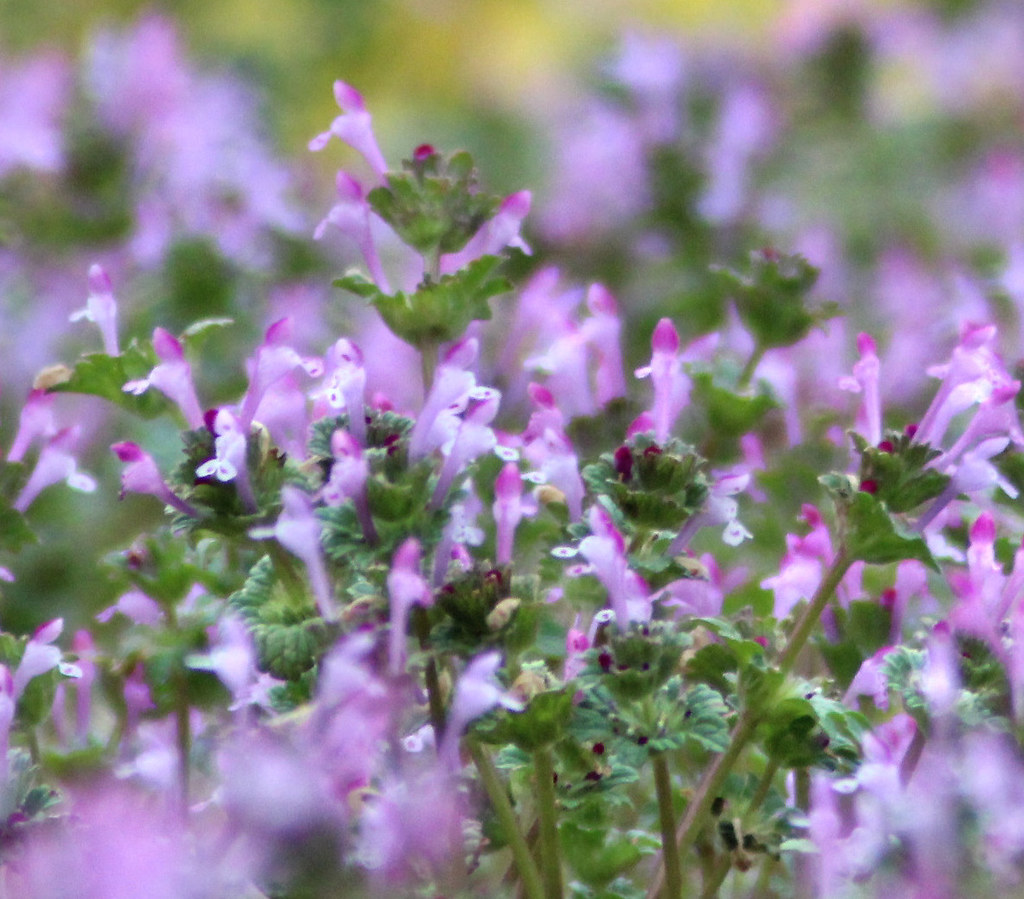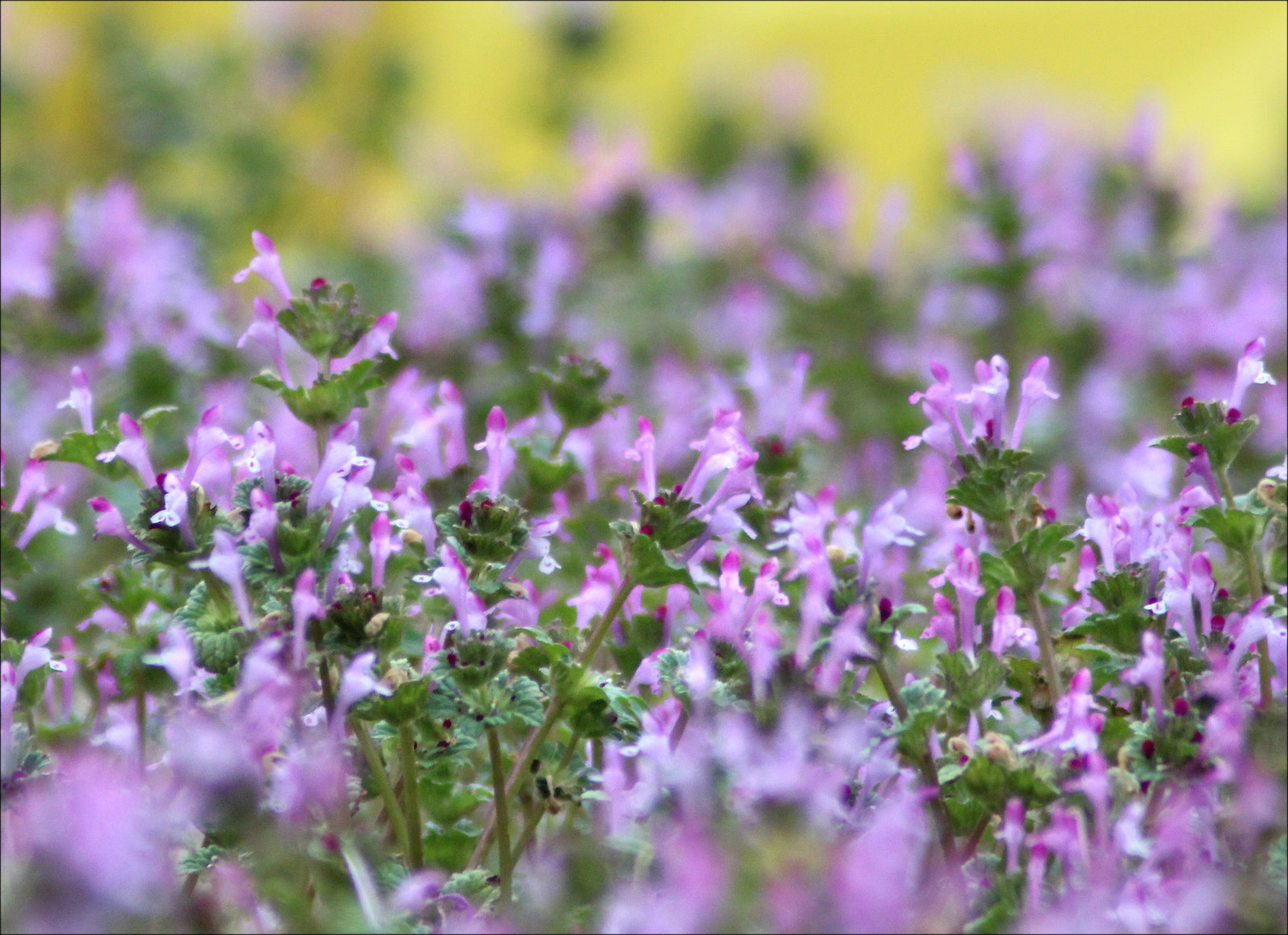Wednesday, April 1, 2015
'Tis the Ah-Chooo Season!
Well ... I've been waiting and wishing for winter to be over and spring to begin. It has. Weeds are "springing" up alllll over! Husband's heart surgery and rehab last year hindered all but basic lawn care so this year is a riot of lovely yellow dandelions and purple blooming henbit!
I've about convinced myself they aren't weeds at all - they're actually as lovely as "flowers" and I should simply learn to appreciate them as such rather than expend the physical labor to eradicate them! A little research shows me that they also have valuable "medicinal" properties therefore they are to be encouraged. Now then. Rather than appearing "lazy" for not "weeding" I can be considered "enterprising" and smart, yes? ;-)
Dandelion
General Information
Asteraceae Taraxacum officinale
Dandelion root is a registered drug in Canada, sold principally as a diuretic
Dandelion leaves and roots have been used for hundreds of years to treat liver, gallbladder, kidney, and joint problems. In some traditions, dandelion is considered a blood purifier and is used for conditions as varied as eczema and cancer. As is the case today, dandelion leaves have also been used historically to treat water retention
Dandelion is commonly used as a food. The leaves are used in salads and teas, while the roots are sometimes used as a coffee substitute.
T. officinale is food for the caterpillars of several Lepidoptera (butterflies and moths), such as the tortrix moth Celypha rufana
Dandelions provide fair to good forage for livestock and wildlife, and are readily eaten because they are relatively succulent. Antelope, as well as sage and forest grouse, use it heavily. It is a species that inhabits disturbed areas. It is generally abundant on overgrazed rangelands, but can also occur on well-managed ranges.
The milky latex has been used as a mosquito repellent.
Yellow or green dye colours can be obtained from the flowers but little colour can be obtained from the roots of the plant
**** And then we have the lowly Henbit
A common weed, yes ... and very aggravating if you're set on having a perfect lawn. But, really ... aren't they lovely and perfect if you REALLY look at them closely? If I were a tiny fairy I would be enchanted to walk among a field of these beauties! Be sure and click on the image for an even closer look!
Henbit Deadnettle, Lamium amplexicaule
General Information
Member of the Mint Family, Lamiaceae. Winter annual.
Some say their name comes from the fact that chickens love to eat them, Hen-food or "Hen-Bit".
Has a square stem with strange leaves that look like they are all skewered by the stem in a mini-skirt configuration. The leaves have palmate veination and crinkle around the edges. The leaves are covered with hair-like filaments.
The flowers are extremely interesting with a weird trumpetlike snout, and a snap dragon mouth. They are light pink to purple to orange, and decorated with little spots. These flowers grow out of the top of tufts of hairy leaves like alien worms craning their necks into the air searching for food.
Henbit is edible, and healthy for you.
Subscribe to:
Post Comments (Atom)



No comments:
Post a Comment